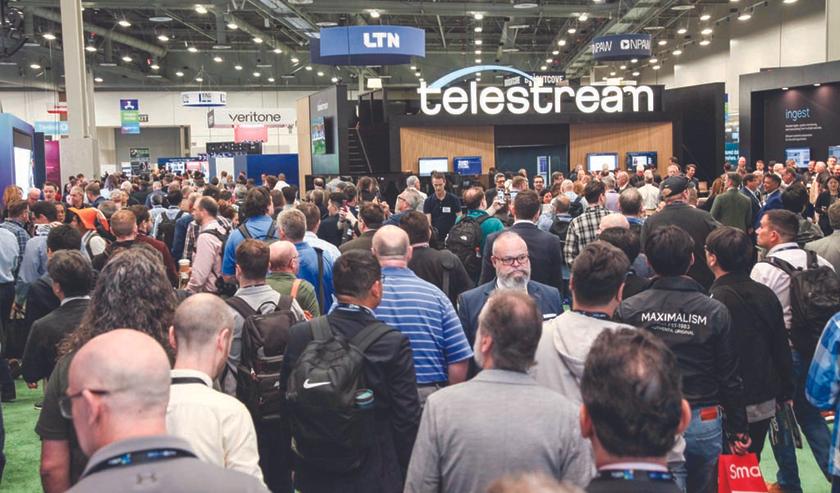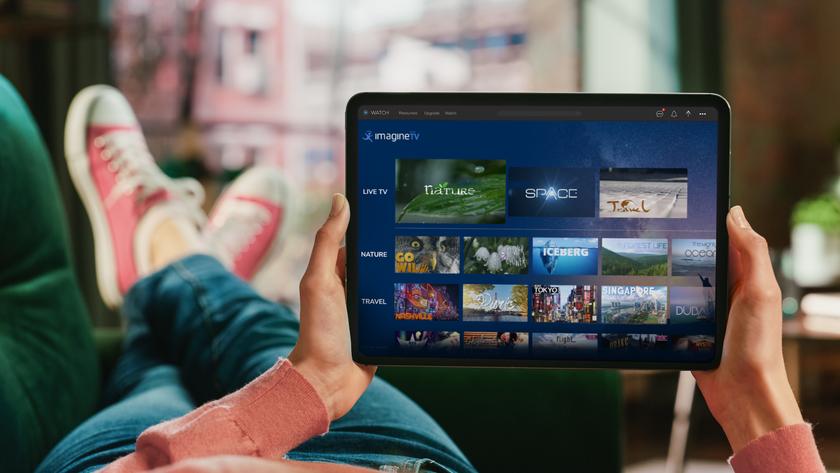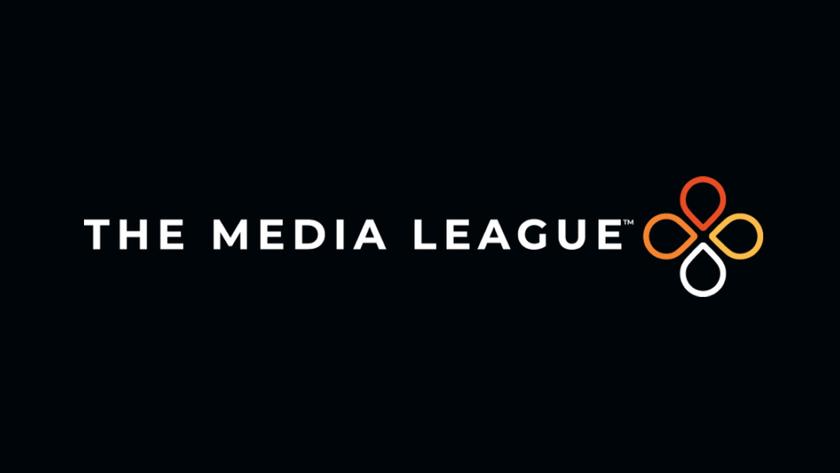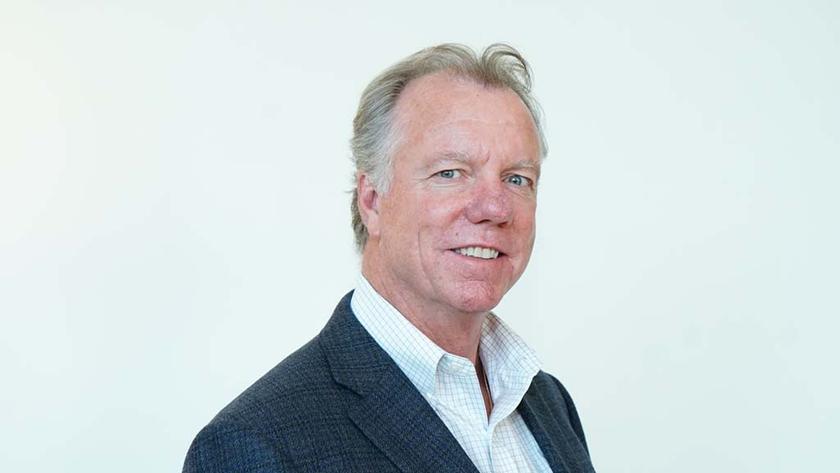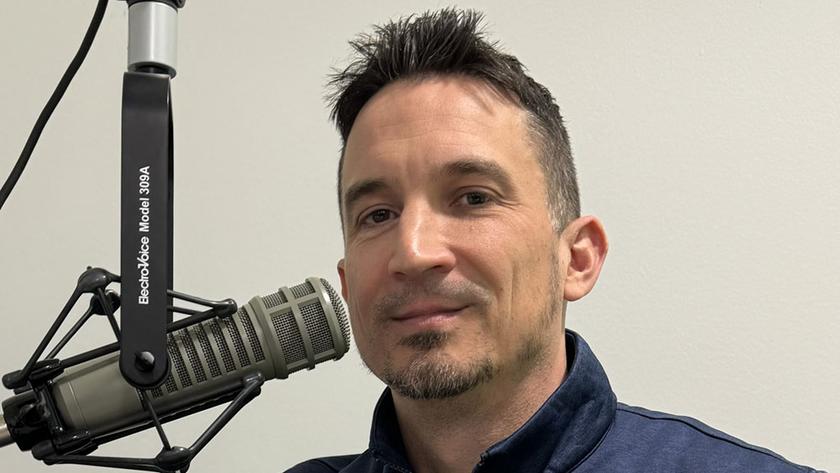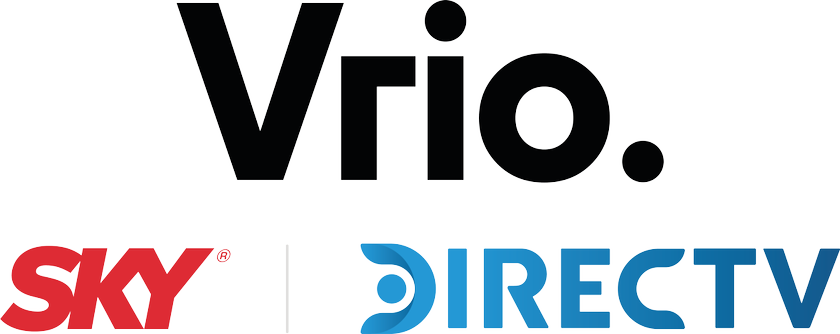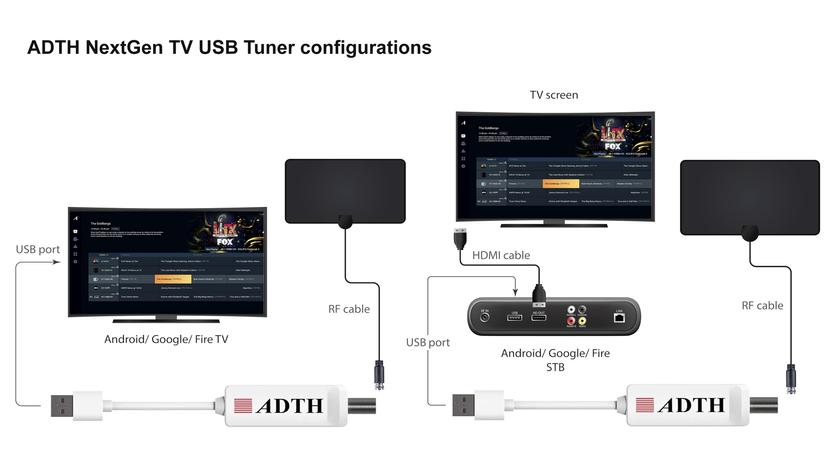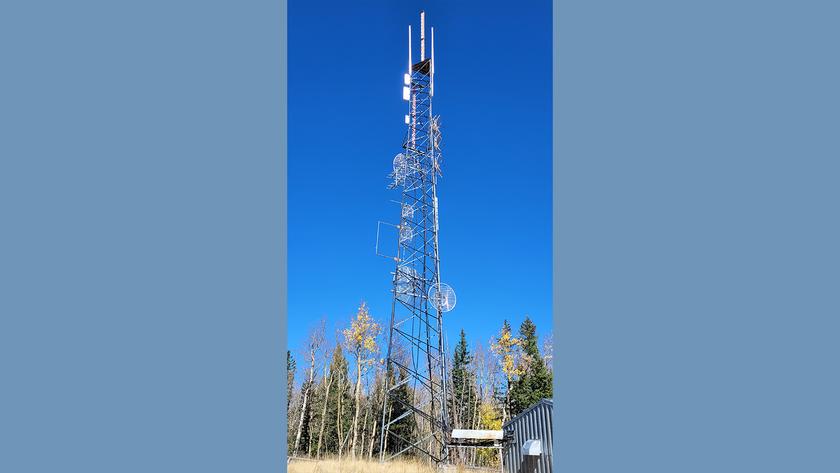NAB, NTA Object to C Band Wireless Service Use
WASHINGTON — NAB and the National Translator Association separately this week filed comments with the FCC stating their objection to allowing wireless services to share or use C Band satellite spectrum.
NAB told the agency that the 3.7–4.2 GHz band is widely used to distribute television and radio content to broadcasters. “Virtually every U.S. television and radio household relies on C Band satellite operations for content distribution in some manner,” NAB said.
Thousands of MVPDs, more than 1,000 TV stations, OTT service providers and radio stations rely on C Band. National Public Radio uses C Band for reliable distribution of content to 475 public radio earth stations, a critical link in the distribution chain of content to 42 million Americans every week, NAB said.
NAB also told the FCC that practical alternatives to C Band, such as fiber, “are significantly overstated.” Often alternatives aren’t available, and in areas where fiber is present “it may not be economically viable,” NAB said.
The FCC should not assume that technical solutions will be created that makes sharing the spectrum possible, the association said. “NAB reiterates that, as a practical matter, this means the commission should acknowledge that terrestrial users cannot share C Band frequencies based on geographic separation alone,” it said.
[Read: More Broadcasters Weigh in on C Band Sharing]
NAB pointed out that C Band facilities are highly sensitive to enable signal reception from an orbiting signal source more than 22,000 miles over head. As such, they are quite vulnerable to terrestrial interference. The association also told the FCC that it should reject any proposal to do away with or constrain its full-band, full-arc earth station licensing policy.
Get the TV Tech Newsletter
The professional video industry's #1 source for news, trends and product and tech information. Sign up below.
In its comments, the National Translator Association pointed out the FCC has asked a question in its public notice that cannot be answered. “It asks: ‘How should we assess the operations and possible impacts of sharing on Federal and non-Federal users already operating in this band?’” NTA quotes the public notice as saying. The FCC has made registration of domestic receive-only C Band terminals optional since a 1979 deregulation. “No one knows how many private, public, commercial or noncommercial R/O users there are here,” NTA said.
While the FCC has set up a way to register R/O C-band users recently, it “is obvious that more users are out there — many more — than are aware of the registration deadline or are willing and able to pay the [registration] fee,” NTA said.
As a result, if new users are allowed into the C Band, it is certain only registered users will be protected and “many other existing users will be harmed, and some will be driven out of business,” it said. Many LPTV and translator stations will face an added problem because they are required to migrate to new terrestrial channels as part of the TV spectrum repack. Many will need to geographically relocate, which means “affected parties cannot file [C Band receive site registration] now to protect facilities that they do not yet know will be needed.”
NTA urged the agency “to start over” and “determine that all C Band dishes serving existing TV or radio distribution as of a certain date — whether registered or not — shall be automatically protected against harmful interference from subsequent arriving users.”
Phil Kurz is a contributing editor to TV Tech. He has written about TV and video technology for more than 30 years and served as editor of three leading industry magazines. He earned a Bachelor of Journalism and a Master’s Degree in Journalism from the University of Missouri-Columbia School of Journalism.
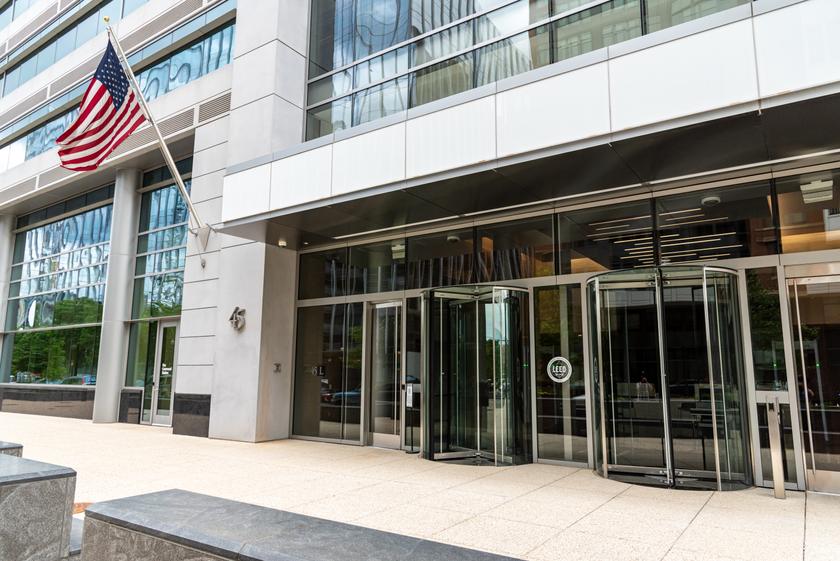
NAB Urges FCC to “Completely Repeal” Broadcast TV Ownership Restrictions
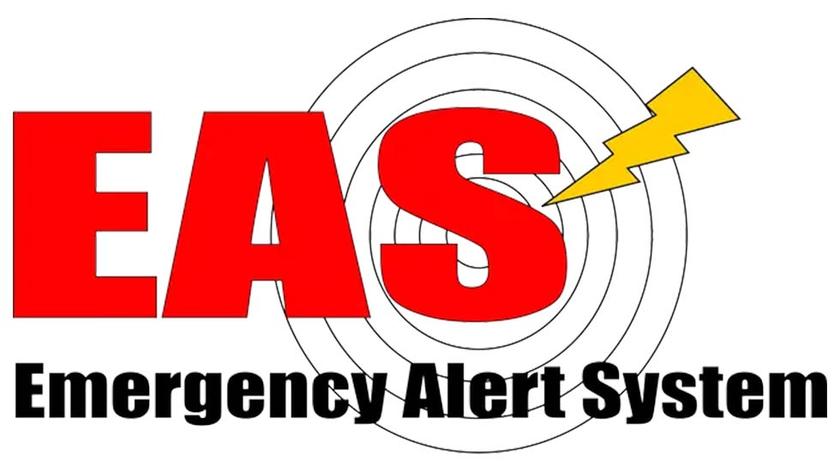
NAB Urges FCC to Allow Software-Based EAS

